This edition of ON the Beat was originally emailed to subscribers on August 15, 2024. To receive Josef Woodard’s music newsletter in your inbox on Fridays, sign up at independent.com/newsletters.
Takin’ to the Street, Canon Perdido–style

In this powder keg era of upsets and righteous uprisings, it can be a healing thing to see a peaceful riot goin’ on, as happened on Canon Perdido Street last Saturday. Said kindly riot of dance-feverish masses were incited to take it to the street by the sleek and cheeky retro swing band Big Bad Voodoo Daddy (BBVD) (born in the 805) and L.A.’s Ozomatli, the hybrid-style latin-rock-funk stew of a band. Both bands are known for high energy and good vibes best not appreciated standing or sitting still. (See Leslie Dinaberg’s story and loads of Ingrid Bostrom photos here.)
The official cause and backdrop for the major block party in front of the beloved Lobero Theatre was another centennial celebration in town — following 100th b-days this year for The Granada Theatre and “Old Whatever Days” Fiesta tradition. Here, the Lobero, which celebrated its grand 150th anniversary of the theater’s founding last year, toasted the centennial of the distinguished structure — designed by George Washington Smith and Lutah Maria Riggs — replacing the more stolid original Lobero. Busy local promoter/philanthropist Earl Minnis supplied the support to bring the party to life.
Said party, free to all comers, was an ideally multi-cultural and cross-generational affair. BBVD proudly points its style radar to music of the ‘30s and ‘40s. Their block party set ranged from the innuendo business of “Don’t You Feel My Leg” to the family-friendly and Disney-stamped “I Wanna be Just Like You,” the Sherman Brothers’ Cab Calloway–esque classic of Jungle Book fame. Tight arrangements and a bounding live energy are band signatures. At one point, singer Scotty Morris teased, “We’d like to play a ballad now … but we don’t know any,” before jumping into another jump blues adrenaline rush.
In the headliner spot, Ozomatli’s infectious grooves and eclectic sound fit the bill perfectly, climaxing — as Ozo shows tend to — with the band slithering through the crowd in the heat of rhythmic fervor. Here was street music of the highest order, with the border between artist and audience blissfully obliterated — not unlike Jon Batiste’s feat the night before.

We Are, He Is, and the Twain Met at the Bowl
Speaking of positive vibes on a high and crowd-interactive level, the Santa Barbara Bowl sprang to a special kind of life when Jon Batiste came to town last Friday with his winning smile and attitude and a deep, organic musicality which always seems to take into account the listening body. He basks in the presence of the place and specific audience he is in at the moment, a rare gift. (See Leslie Dinaberg’s review here).

Batiste’s story, at age 37, is already the stuff of legend, having ascended from a choice gig on the The Late Show with Stephen Colbert to a Grammy for his album We Are and an Oscar for co-scoring Pixar’s Soul. The doc American Symphony relays the uplifts of his fast-rising career and Carnegie Hall–aimed American Symphony epic and the struggles dealing with his wife Suleika Jaouad’s leukemia battle.
And there he was at the Bowl, bursting with musical energy and, for an encore, going mobile into the crowd with his band (well, except for the acoustic bassist, grounded to his stage spot). This was no casual pop-up in the audience zone, but the most epic Bowl crowd stroll in memory, pressing flesh and lending his energizing smile while wending through and up many aisles, and snuck tasty licks on his melodica in the in-between.
Batiste is anything but a by-the-book or setlist-reliant kind of performer. The Bowl show was less a standard album promotion duty, following his recent World Music Radio album release, than an intuitive and improvised outing, including a solo piano spotlight moving from Chopin to his sweet ballad “Butterfly” and beyond.
Part soul man, part agenda-free preacher, part musical wunderkind growing up in public, Batiste is a tall drink of inspiration in a time much in need of same.
Further Adventures on a Rich Musical Path
Costa Rica–born drummer/composer/bandleader Luis Muñoz may presently hail from Arizona, but his nearly fifty years as an active and restlessly creative musical force in Santa Barbara seems to have permanent honorary Santa Barbaran status. When he returns to his old hometown at SOhO on Sunday (and at Solvang’s Lost Chords on Friday night), Muñoz arrives with a locally rooted band — singer Lois Mahalia, guitarist Dan Zimmerman, bassist Randy Tico, and keyboardist George Friedenthal — and an impressive new album, Glimmering Path, to add to a prodigious discography. Aside from being available via the usual digital outlets near you, the album is also released on a limited edition, stylish audiophile red-vinyl LP.

Whereas past albums have delved into Muñoz’ Latin-jazz-fusion roots shifting towards vocal songs more recently, Glimmering Path takes on a different angle or three and is less interested in standard jazz structures. The sonic clarity and delicate balance of atmospheres was sculpted in a regular studio haunt for Muñoz, Santa Barbara’s Beagle Studio, with big-eared engineer Emmet Sargeant at the controls.
Among the critical responses so far was a featured spot in NPR’s “Best New Music” spotlight last month, and its intriguing meld of ambient qualities, art pop turns, and hard-to-categorize nature sounds beguiles and soothes. Opening the stylistically diverse seven-track album on a spacious note, “En El Jardín de la Plenitud” is a free-time piece featuring Muñoz on keyboards and percussion and the wondrous Tom Buckner on soprano sax — seemingly channeling Wayne Shorter, accentuating the Weather Report–ish qualities Muñoz has often tapped into over the years. Perhaps the crowning track is “Crescent Moon,” a slow and hypnotic glowing piece showcasing Mahalia in understated, layered vocal glory. The song pivots on the mercurial color shifts from minor to major and back, easing into a major mode, “erring on the side of optimism” resolution.
“My Love,” with trumpeter Jonathan Dane serving as foil for Mahalia’s easy-does-it jazz-pop approach (shades of Sade), segues fluidly into “August,” with guitarist Zimmerman issuing a restrained and liquid-y solo with echoes of Jeff Beck and Allan Holdsworth (in supple slow-mo). Bassist Tico’s fretless bass wiles are also on display, another welcome echo of late ‘70s fusion speak.
Slow-cooked gospel spirits show up on the lovely “River of Love,” which Mahalia is a natural on, and is joined by fitting gospel touches of Jim Calire’s B-3 organ part and Bill Flores’ pedal steel (think “sacred steel”), and the one-woman choir of Shawn Thies’ multi-tracked vocals.
Contrasting the more lyrical and atmospheric elements of much of the album, things get edgier with the speedy drum part — a la “drum and bass” — on “The Three Season.” Angularity and angst close out the sequence, on the prog-rock mini-epic closer, “Lords of War.” Mahalia stretches out with some melismatic solo wails, implicitly bemoaning the scourge of war-makers in the past and the horrific present.
Glimmering Path presents yet another dimension in Muñoz’ long-running adventure in music.
Premier Events
Wed, Dec 31
9:00 PM
Santa barbara
NEW YEAR’S Wildcat Lounge
Fri, Dec 26
7:00 AM
Solvang
Solvang Julefest
Sat, Dec 27
7:00 PM
Santa Barbara
Schnack ‘n Bari Jazz Trio at Roy
Wed, Dec 31
6:15 PM
Santa Barbara
NYE 2026 with SB Comedy Hideaway!
Wed, Dec 31
9:00 PM
Santa barbara
NEW YEAR’S Wildcat Lounge
Wed, Dec 31
10:00 PM
Santa Barbara
In Session Between Us: Vol. I NYE x Alcazar
Wed, Dec 31
10:00 PM
Santa Barbara
NYE: Disco Cowgirls & Midnight Cowboys
Thu, Jan 01
7:00 AM
Solvang
Solvang Julefest
Thu, Jan 01
11:00 AM
Santa Barbara
Santa Barbara Polar Dip 2026
Sat, Jan 03
8:00 PM
Santa Barbara
No Simple Highway- SOhO!
Sun, Jan 04
7:00 AM
Solvang
Solvang Julefest
Wed, Dec 31 9:00 PM
Santa barbara
NEW YEAR’S Wildcat Lounge
Fri, Dec 26 7:00 AM
Solvang
Solvang Julefest
Sat, Dec 27 7:00 PM
Santa Barbara
Schnack ‘n Bari Jazz Trio at Roy
Wed, Dec 31 6:15 PM
Santa Barbara
NYE 2026 with SB Comedy Hideaway!
Wed, Dec 31 9:00 PM
Santa barbara
NEW YEAR’S Wildcat Lounge
Wed, Dec 31 10:00 PM
Santa Barbara
In Session Between Us: Vol. I NYE x Alcazar
Wed, Dec 31 10:00 PM
Santa Barbara
NYE: Disco Cowgirls & Midnight Cowboys
Thu, Jan 01 7:00 AM
Solvang
Solvang Julefest
Thu, Jan 01 11:00 AM
Santa Barbara
Santa Barbara Polar Dip 2026
Sat, Jan 03 8:00 PM
Santa Barbara
No Simple Highway- SOhO!
Sun, Jan 04 7:00 AM
Solvang

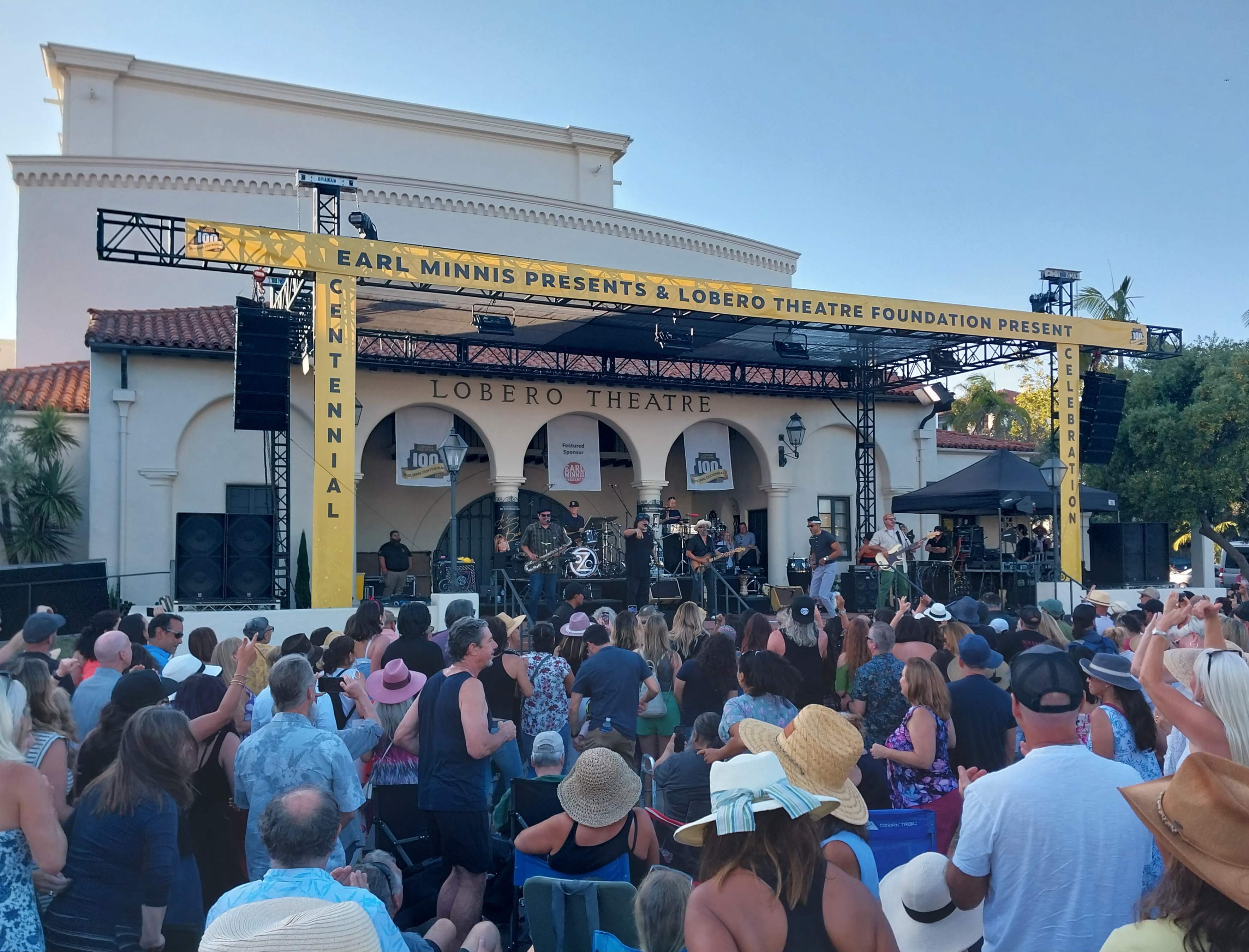
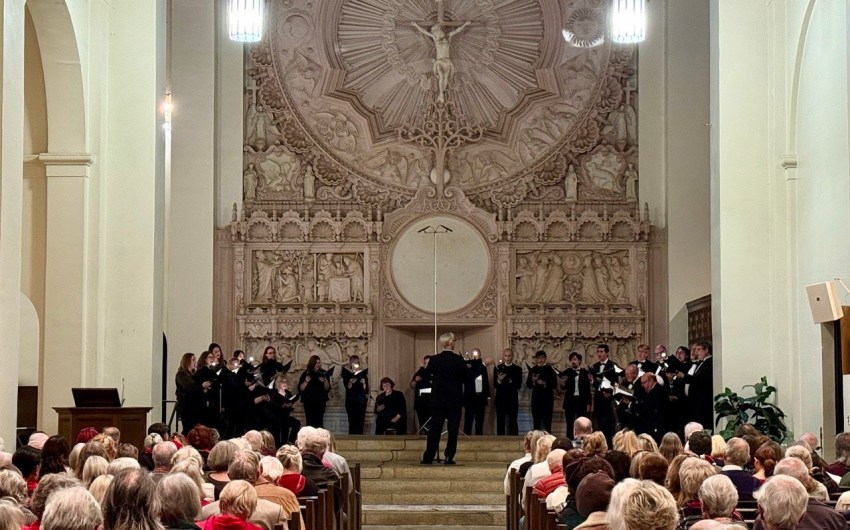
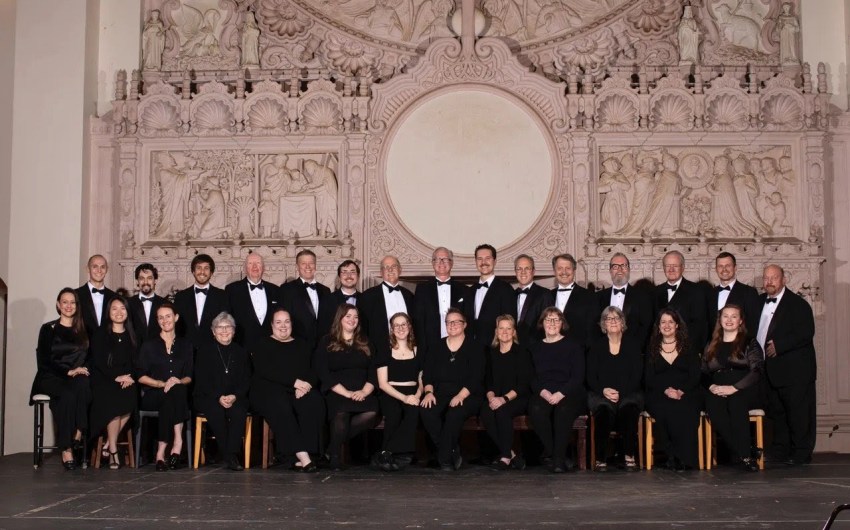
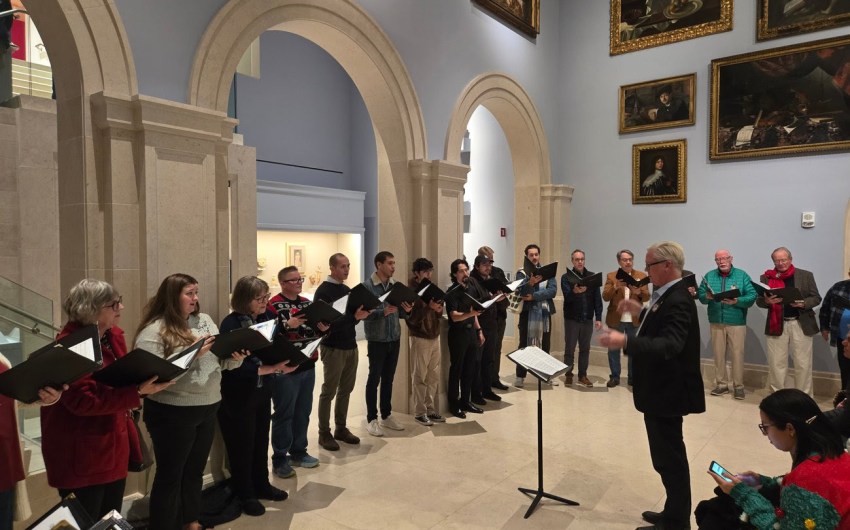
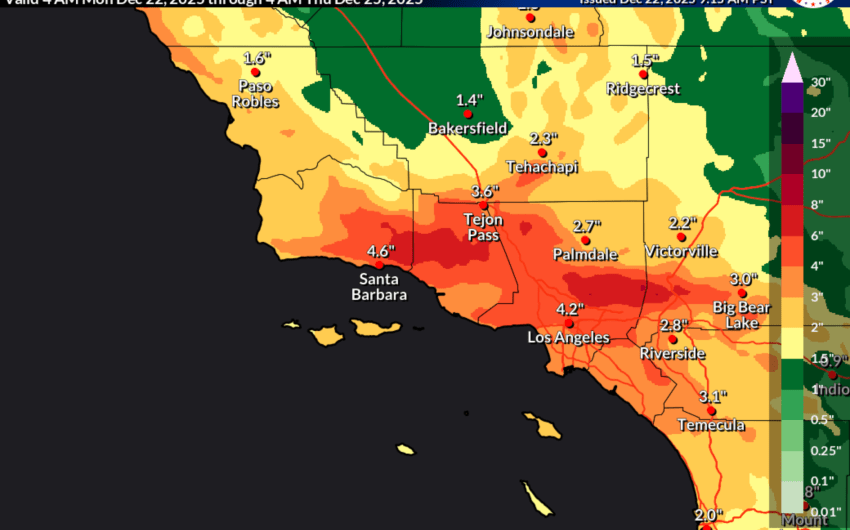
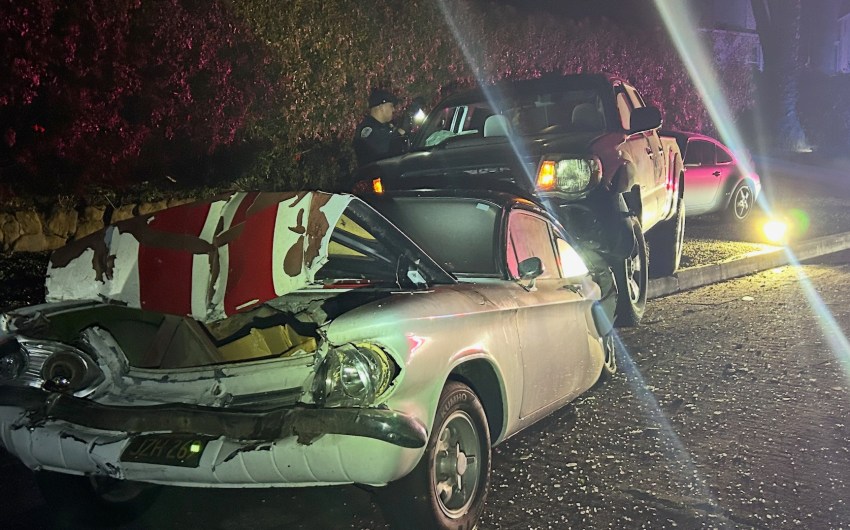
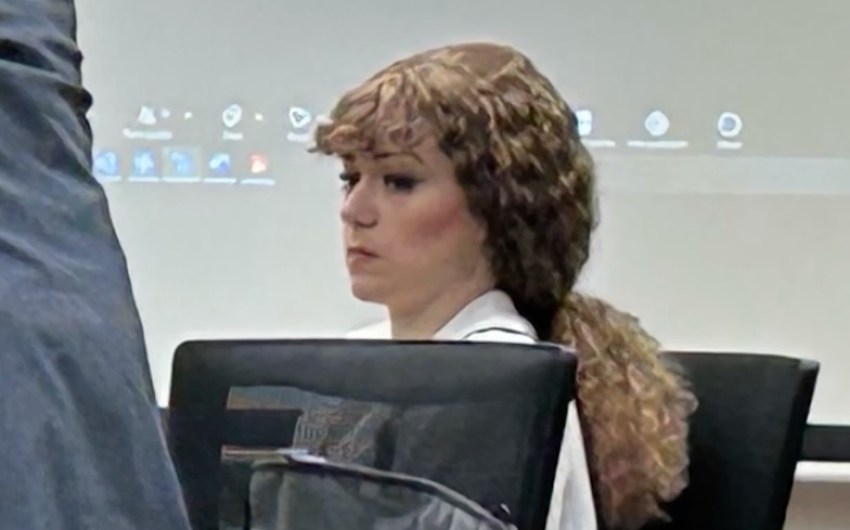

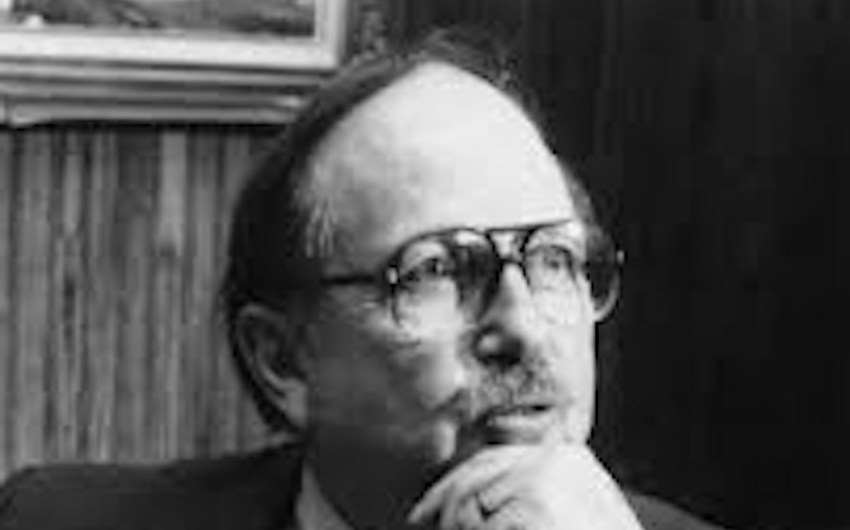
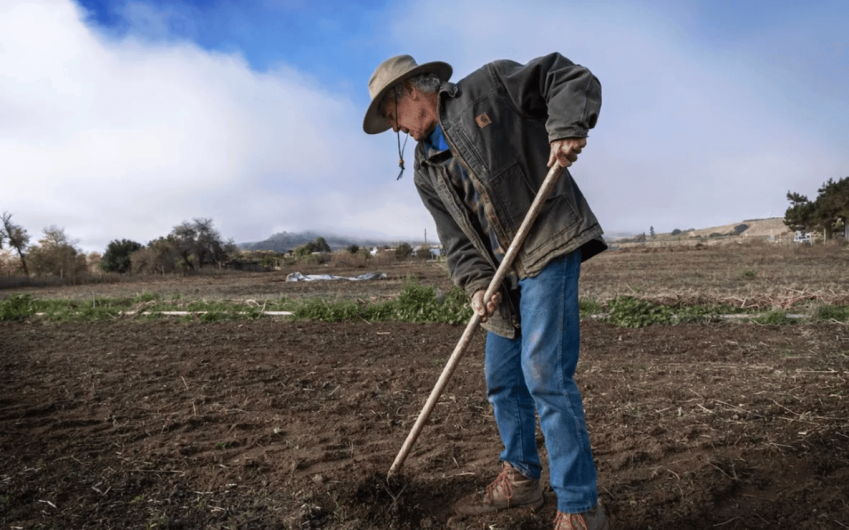
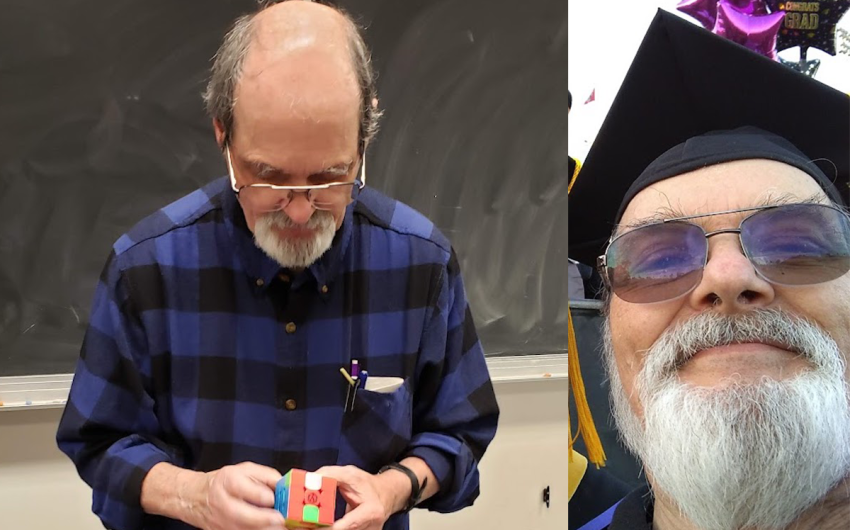

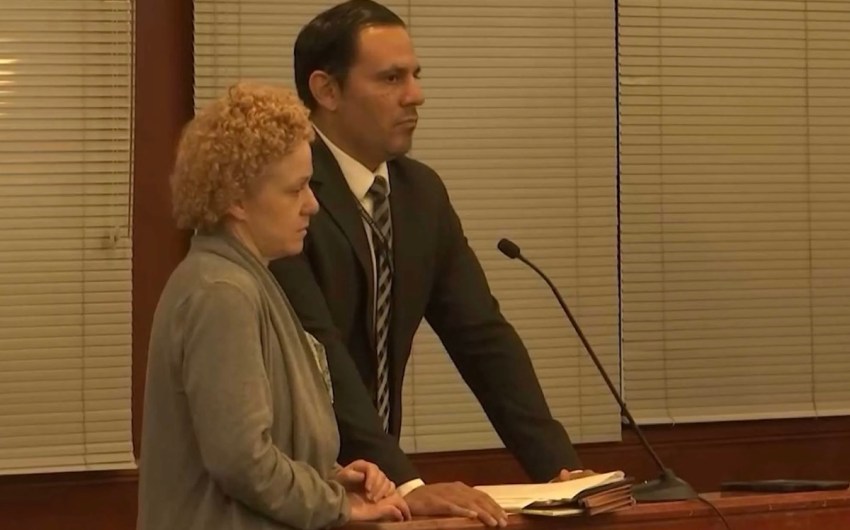

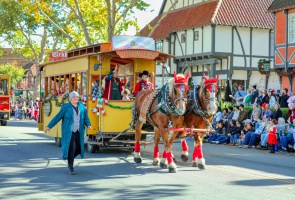
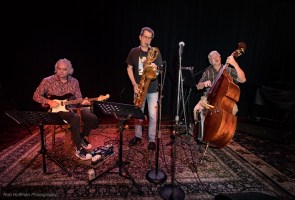
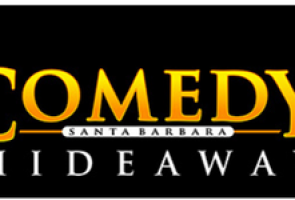
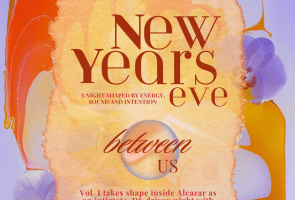
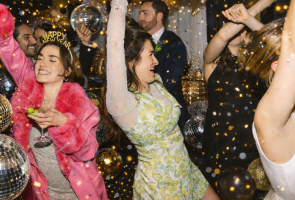
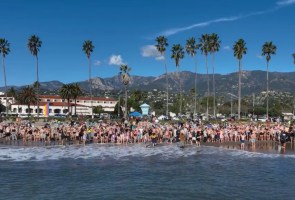
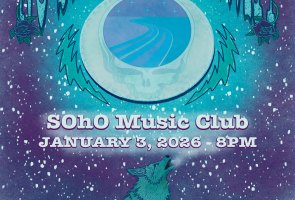
You must be logged in to post a comment.